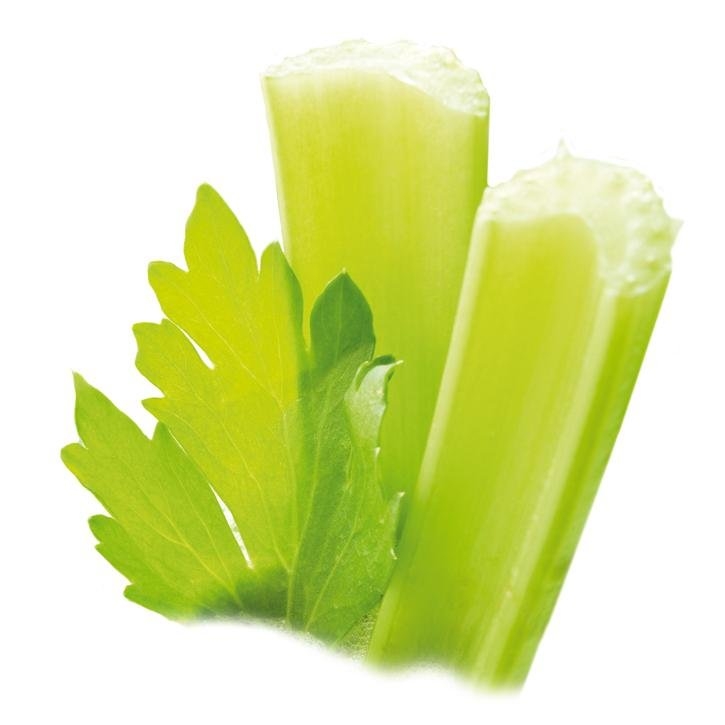Flowers are small and whitish or greenish displaced in umbels over robust peduncles with no involucre nor involucel. Fruits are diachaenium green-grayish or brownish, 0.8-
It is native to sandy and loamy soils in Europe, Asia and America. Different species have been cultivated since ancient times; nowadays celery is used with agricultural and industrial purposes, especially in India and China.
It is used, occasionally, in folk medicine with different purposes:
Berdonces i Serra, J. Ll. (2001) Gran Enciclopedia de las Plantas Medicinales. Tikal. Madrid
Bruneton, J. (2001) Farmacognosia. Fitoquímica. Plantas medicinales. 2ª Edición. Acribia, S.A. Zaragoza
Cañigueral, S., Vila R., Wichtl M. (1998) Plantas medicinales y drogas vegetales para infusión y tisana. OEMF International. Barcelona
Chevallier, A. (1997) Enciclopedia de las Plantas Medicinales. Acento. Madrid
Lastra, J.J., Bachiller L.I. (1997) Plantas medicinales en Asturias y la Cornisa Cantábrica. Trea. Gijón (Asturias)
Vanaclocha B., Cañigueral S. (eds.) (2003) Fitoterapia, Vademécum de Prescripción. Masson. Barcelona
